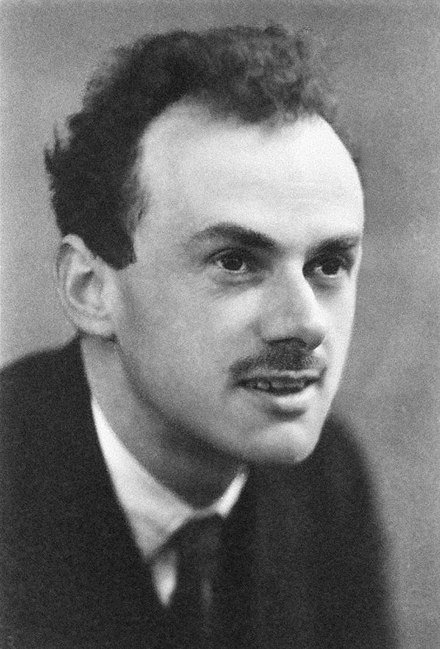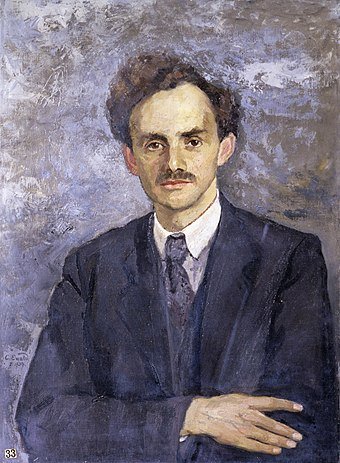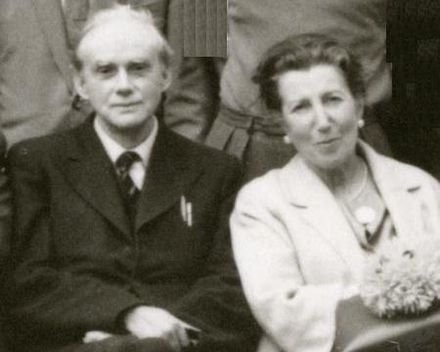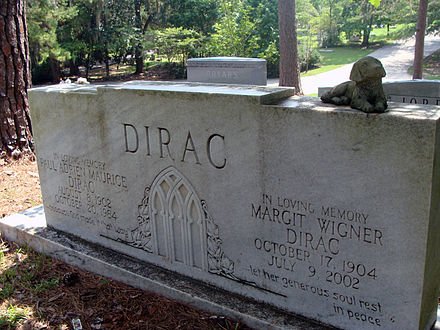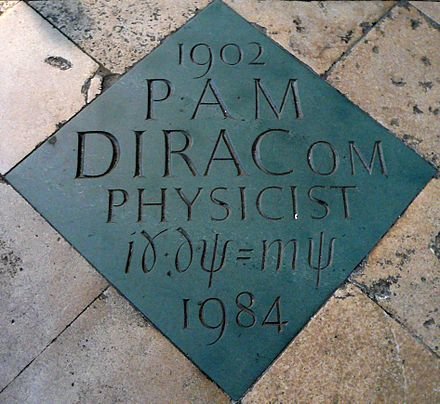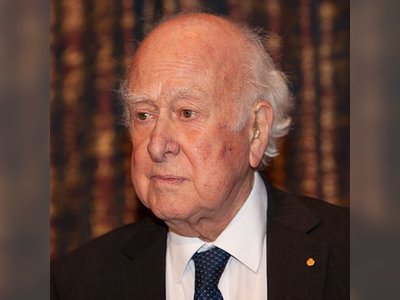British Heritage
Remember, Cherish, Learn.
beta
Paul Dirac - Theoretical Physicist
Theoretical Physicist: A Pillar of British Heritage.
Introduction
Paul Adrien Maurice Dirac was an English theoretical physicist born on 8 August 1902, in Bristol, England. He is widely regarded as one of the most influential physicists of the 20th century, having made profound contributions to the development of quantum mechanics and quantum electrodynamics. Dirac's work revolutionized our understanding of the fundamental forces governing the universe and laid the foundation for modern theoretical physics. Throughout his illustrious career, he received numerous accolades and awards, including the 1933 Nobel Prize in Physics, which he shared with Erwin Schrödinger, "for the discovery of new productive forms of atomic theory."
Contribution to British Heritage
Paul Dirac's contributions to British heritage are immeasurable. As the Lucasian Professor of Mathematics at the University of Cambridge from 1932 to 1969, he held one of the most prestigious academic positions in the United Kingdom. The Lucasian Chair has a storied history and has been occupied by some of the greatest scientific minds, including Sir Isaac Newton. Dirac's presence in this position continued the tradition of excellence and intellectual prowess associated with the chair.
During his tenure at Cambridge, Dirac made groundbreaking advancements in theoretical physics. His formulation of quantum mechanics and quantum electrodynamics revolutionized the field, paving the way for countless scientific discoveries and applications. His work not only elevated the reputation of Cambridge University but also solidified the United Kingdom's position as a leading center for theoretical physics.
Furthermore, Dirac's influence extended beyond academic circles. He was known for his modesty, precision, and dedication to scientific rigor, qualities that are emblematic of the British scientific tradition. His commitment to the pursuit of knowledge and his contributions to the scientific community serve as an inspiration to generations of British physicists, researchers, and students.
Success and Contributions
Among Dirac's numerous contributions to theoretical physics, the formulation of the Dirac equation stands as one of his most significant achievements. The equation described the behavior of fermions, particles such as electrons, and successfully predicted the existence of antimatter. This groundbreaking insight fundamentally changed our understanding of particle physics and had profound implications for future research in the field.
Dirac's work also extended to the reconciliation of general relativity with quantum mechanics. His efforts in quantizing the gravitational field laid the groundwork for the development of gauge theories and superstring theories, which are essential in modern theoretical physics. His pursuit of a fundamental theory of everything, unifying all forces of nature, continues to inspire researchers today.
Moreover, Dirac's landmark book "The Principles of Quantum Mechanics," published in 1930, remains a cornerstone of quantum physics education. The book integrated the previous work of Werner Heisenberg and Erwin Schrödinger into a single mathematical framework, introducing the now ubiquitous Dirac notation (bra-ket notation) for quantum states.
Legacy
Paul Dirac's legacy in the field of theoretical physics endures to this day. His fundamental contributions to quantum mechanics, quantum electrodynamics, and the unification of forces have paved the way for subsequent generations of physicists to push the boundaries of knowledge further.
His work in quantum field theory and the quantization of the gravitational field laid the foundation for modern research in these areas. The Dirac equation and its prediction of antimatter remain fundamental to our understanding of particle physics.
In recognition of his exceptional contributions to theoretical physics, several awards and honors bear his name, such as the Paul Dirac Medal awarded by the Institute of Physics and the Dirac Medal of the International Centre for Theoretical Physics (ICTP).
Paul Dirac's legacy also extends beyond academia, as he was known for his modesty and dedication to the pursuit of scientific truth. His character exemplifies the virtues of intellectual rigor and integrity that are prized in British scientific tradition.
In conclusion, Paul Dirac's enduring legacy as one of the greatest physicists of the 20th century, his profound contributions to quantum mechanics and quantum electrodynamics, and his representation of the best of British scientific heritage make him a celebrated figure in the annals of physics and an inspiration for generations to come.
- Paul Diracen.wikipedia.org
